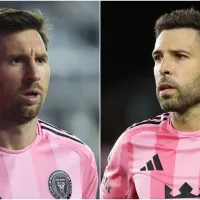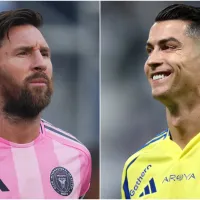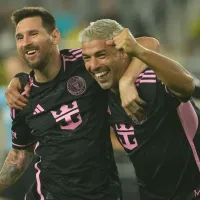Greenland has formally requested membership in CONCACAF, the North American and Caribbean Association Football Confederation. They are taking a giant leap towards their goal of competing on a global scale with this. Since the Danish autonomous region had problems gaining admittance to UEFA due to its political position, this adjustment is welcome.
On May 13, Greenland submitted its application to become the 42nd member of CONCACAF. Greenland’s manager, Morten Rutkjaer, emphasized the importance of this move.
“Our application for membership in CONCACAF marks a significant step forward for our ambitions to compete at a higher level. We have worked hard to get here and I am convinced that this will inspire our players and develop our soccer culture.”
With the help of Iceland, Greenland has begun a strategic partnership to strengthen their aspirations on the world stage. The two parties have joined forces to organize home games better and upgrade Greenland’s soccer infrastructure.
Why can’t UEFA accept Greenland?
The reason Greenland couldn’t become a member of UEFA was that the organization could only admit federations “based in a country which is recognized as an independent state by the majority of members of the United Nations”. Furthermore, even Denmark met their bid to join UEFA with a cold shoulder.
Unlike the Faroe Islands, FIFA has never recognized Greenland’s national football team. The Faroes joined UEFA in 1990 and became FIFA members in 1988. As a result, it mostly competes with smaller nations and other Nordic states.
When it comes to international soccer, Greenland’s national squad has been playing independently of FIFA since 1980. In July 2023, Greenland lost to Bermuda, 3-2. That was the last time Greenland played a side from CONCACAF.
The soccer infrastructure there is minimal in size, with just 2,000 fans able to fit inside the national stadium, Nuuk Stadium. At somewhat more than 1,700 miles (2,800 km), Toronto is the nearest CONCACAF-related site to Nuuk, Greenland’s capital.
As of now, it is unlikely Greenland will play the likes of Mexico, Canada or the United States. However, this move provides a logical path for those games to happen. Most of the smaller nations in CONCACAF, which would include Greenland, can qualify for major tournaments. For example, St. Kitts and Nevis qualified for the 2023 Gold Cup. With a population similar in size to Greenland, the island nation used penalties to advance beyond Curacao and French Guiana. It proceeded to lose all three of its group-stage games with a goal differential of -14.
Larger than several CONCACAF members
If approved, Greenland will join other European countries’ overseas regions as the eighth CONCACAF member not recognized by FIFA. This includes the French territories of Martinique, Guadeloupe, Bonaire, and Saint Martin as well as the Dutch island of Sint Maarten.
As a CONCACAF member, Greenland would be larger than Anguilla and Montserrat, with a population of 56,000. It is conceptually a Danish independent region however it is physically located in North America. The combination of its geographical location and political sovereignty determines its trajectory in the world of international football.
Speaking on behalf of Greenland’s application committee, Tonnes Berthelsen emphasized the advantages of CONCACAF membership. “Through our connections among the existing member countries in CONCACAF, we will expand our knowledge and network, so that we know what to prepare for with all national teams and club teams.”
PHOTOS: IMAGO














